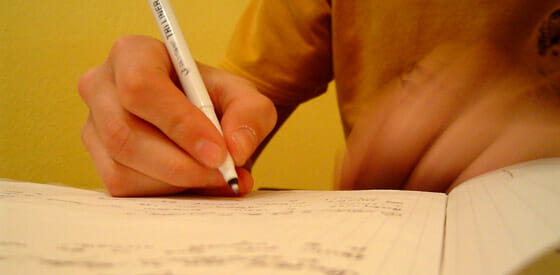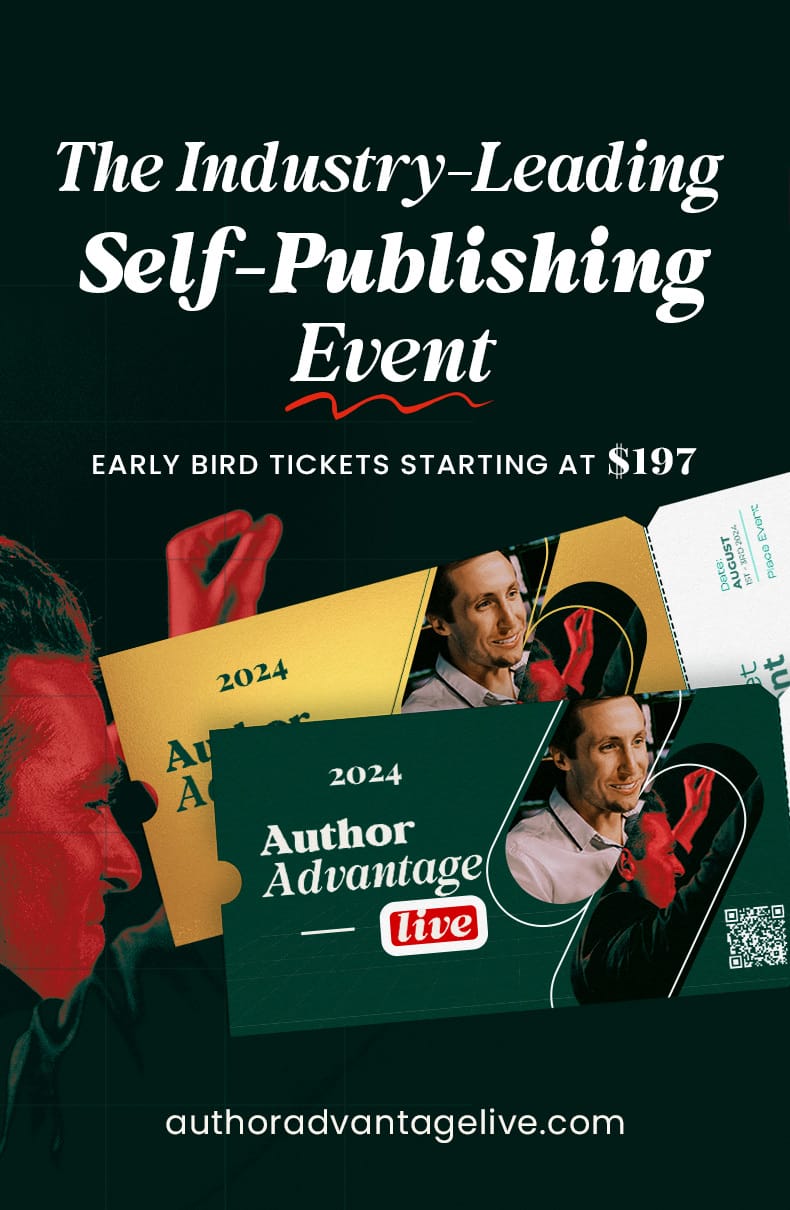
I started writing as a freshman at SUNY Buffalo quite a while ago. The coolest kids I knew were in English, and the coolest of them all seemed to be writers. That’s where I wanted to be.
But once I went to work I wrote only institutional copy for many years. Instructional manuals, sales letters, fundraising copy, that sort of thing.
This kind of writing was pretty bad for me. I wanted to be a creative writer, and I felt like I had something to say. But writing institutional copy seemed to crush the spirit. It brought into the act of writing a lot of things that had no business there, where the imagination ought to rule.
Time passed. The dream of writing seemed permanently lodged in a locked drawer in a cabinet stuffed in the basement somewhere.
One year I determined to keep a journal, something I had always resisted. I just didn’t understand what journals were for, or why the habit of writing in them was useful. Many writers swear by their journals, use them as raw material for characters, scenes, settings, or ideas they want to work on. All I could see was an obligation, another thing to check off my to-do list.
For a year I sat late at night in the living room and wrote. To be honest, the only time I’ve looked at that journal since then was to dig up some great recipes for garbanzo bean dip. I didn’t see anything else there, just each day’s events and an occasional a note about the emotional tone in the house. It seemed pointless.
Freewriting and the Underground Spring
A few years ago Jill and I stumbled into a writing class and learned how to freewrite. In freewriting, you write just fast enough so that your hand moves faster than your brain can defend itself.
The results are sometimes unpredictable, but the most surprising images, characters, memories and stories started to pour out onto the page. Where was it coming from? I was mystified, and stunned. Somehow this practice had connected to that deep stream of creativity we all have running, somewhere deep underground, and allowed it to manifest in writing.
I was grateful. Something I thought I had lost long ago suddenly appeared, better than new, right in front of me on the page of a cheap notebook I got at Rite-Aid for that first class. Partly in gratitude, I made up a set of instructions on this terrific tool. Here it is, and there’s a link at the end if you’d like to download a PDF version of it.
How to Freewrite
What is freewriting?
- Freewriting is a practice that helps to liberate your writer’s voice and connects you to the vibrant stream of creativity that lies just under the surface of our ordinary thinking.
- Freewriting can be used to launch you over a writer’s block, to explore painful emotional memories, and to work out problems in a longer work. It can be used for making contact with one’s own unconscious.
- Freewriting is a simple, structured practice that is flexible and forgiving. It can be used as the base of a writing practice, or spontaneously whenever you want to go deeper into a subject.
A good way to learn freewriting is through a 10-minute timed write.
When we freewrite, we try as much as possible to suspend judgment about what we are writing. It is an exercise in getting out of our own way. You may notice you are writing in a way that is unacceptable or foreign to what you are accustomed to. Try to simply observe the process rather than interrupt it.
Here are some freewriting guidelines, although in the spirit of freewriting freedom, feel free to not follow any that don’t feel right.
- Use a prompt. If you run out of ideas before the time is up, start writing the prompt and see if a new thought arises. Go with it.
- Set a timer. Having a reliable timer will free you from being drawn away from what you are writing. If you are moved to, continue writing after the time has expired until you complete your thought.
- Keep your pen moving. Don’t stop writing until the timer goes off.
- Write quickly. Write a little bit faster than your thought formation, even if it’s a little uncomfortable. Messy handwriting is welcome.
- Use the first word. Don’t try to think of the perfect word, just use the first word that comes to mind and go with it. Don’t worry about paragraphing, subject-verb agreement or even if what you are writing makes sense. Just write.
- Write crap. Give yourself permission to write a really bad first draft. You can always edit it later, but this permission allows you to do something new. Try to avoid any thoughts about what you are writing. You are just there to propel the pen. Telling yourself it’s okay to write crappy first drafts is incredibly liberating. Try it.
- Go for it. If the first thing that pops into your mind is ridiculous, go for it. If it’s violent, see where it goes. Be open to the unexpected. After all, you didn’t create these thoughts, did you? Our job is to honor them, allow them to come to light.
Going Longer With Your Freewrites
You can also use a meta-freewrite technique to explore longer works. Look at what you’ve written. If a question is generated when you read it, or you are looking for a solution to a problem you see, use it as a prompt for your freewrite. Keep using it, and the questions it generates, to ask yourself to go deeper into the subject. Be open to what comes up.
Crafting prompts can be good fun, and the simplest prompts sometimes reveal the deepest veins of meaning in our stories. If you’ve written something you would like to explore, use a prompt like “What this story really means…” or “What I really want to say is …” to get at a deeper meaning.
A prompt from Natalie Goldberg that can help with your personal history explorations is “I remember…” Continue to write what comes to your memory and every time you hesitate, write again “I remember …” and start again.
Prospect for stories using prompts like “The most scared I ever got was when…” or “I first time I met …” or “The most momentous trip of my life was…” or “When I was a kid we…”
If you want to develop something you’re writing, look for prompts within the writing itself. What jumps out at you? What has “juice” for you when you read it? There’s your next prompt. Put it at the top of your page and go for it.
Freewriting Resources
Suzanne Murray’s website, blog and writings
Wikihow’s Freewriting article
Freewriting Instruction from a teacher at Missouri S & T
Writing Coach Sarah’s terrific freewriting course
Download my Freewriting.PDF instruction sheet
If you know of more web-based freewriting resources I’d love to add them to my list. Thanks!
Takeaway: The practice of freewriting—spontaneous, fast timed writing to a prompt—can yield big benefits in releasing your writing from blocks and restrictions, and open you to a new world of creativity.
Image: Flickr.com / lipár


